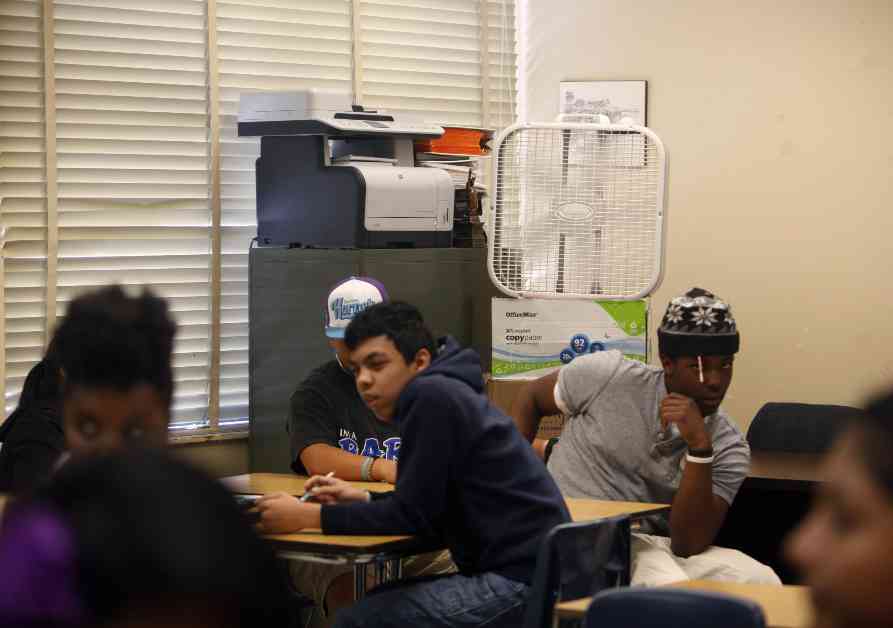Ensuring School Safety in a Changing Climate: Strategies to Protect Children
As the impacts of climate change continue to be felt across the globe, schools are facing new challenges in ensuring the safety and well-being of their students. In particular, the issue of extreme heat in schools has become a growing concern, with many districts struggling to provide adequate cooling systems to protect children from dangerously high temperatures.
According to the Center for American Progress, an estimated 36,000 public schools in the United States do not have sufficient HVAC systems in place. The cost of upgrading or installing air conditioning in these schools is estimated to reach $4.4 billion by 2025. This lack of adequate cooling infrastructure not only affects students’ comfort but also their health and ability to learn effectively.
In response to the increasing frequency of extreme heat events, school districts across the country are implementing strategies to protect students from the impacts of high temperatures. One such example is the Desert Sands Unified School District in California, which has decided to delay the start of the school year to avoid the hottest weeks of the summer. By shifting the academic calendar, the district aims to prevent students from commuting and learning in sweltering conditions.
Other districts, including Denver, Milwaukee, and Philadelphia, have also adjusted their school calendars to address heat-related concerns. However, while these scheduling changes provide temporary relief, they are not a long-term solution to the challenges posed by climate change. Carrie A. Olson, Denver school board president, highlights the need for more comprehensive measures, such as installing air conditioning and implementing heat mitigation strategies in schools.
The impact of climate change on school safety is not limited to extreme heat. As temperatures continue to rise, students are facing disruptions to their education and overall well-being. From canceled classes due to excessive heat to sweltering classrooms that impair learning, the effects of climate change are evident in schools nationwide.
To address these challenges, students like Shiva Rajbhandari are taking action to promote climate resilience and sustainability in their school districts. Rajbhandari, a former school board member in Boise, Idaho, ran on a platform of comprehensive climate education and energy-efficient schools. Through initiatives such as conducting carbon audits and implementing energy-saving measures, he has worked to reduce greenhouse gas emissions and promote climate education in schools.
Looking ahead, Rajbhandari hopes to see continued progress in implementing climate action plans and investing in climate infrastructure projects in schools. By advocating for student representation on school boards and pushing for policies that prioritize sustainability, he aims to empower young people to play a role in shaping a more resilient future.
Despite the progress made by advocates like Rajbhandari, there are still barriers to overcome in addressing the intersection of climate change and education. A belief gap persists among some stakeholders who view schools as solely responsible for academic instruction, overlooking their potential to serve as hubs for sustainability and resilience efforts.
To bridge this gap, it is essential to engage students, educators, and community members in discussions about the role of schools in addressing climate change. By highlighting success stories of schools that have implemented sustainable practices, such as installing solar panels or providing heat relief measures, we can demonstrate the positive impact of climate-resilient infrastructure in our communities.
In conclusion, ensuring school safety in a changing climate requires a multifaceted approach that encompasses both physical infrastructure upgrades and educational initiatives. By investing in air conditioning systems, heat mitigation strategies, and sustainability projects, schools can create a safe and healthy environment for students to thrive. Through collaboration and advocacy, we can work towards a future where schools are not only centers of learning but also beacons of climate resilience and innovation.

